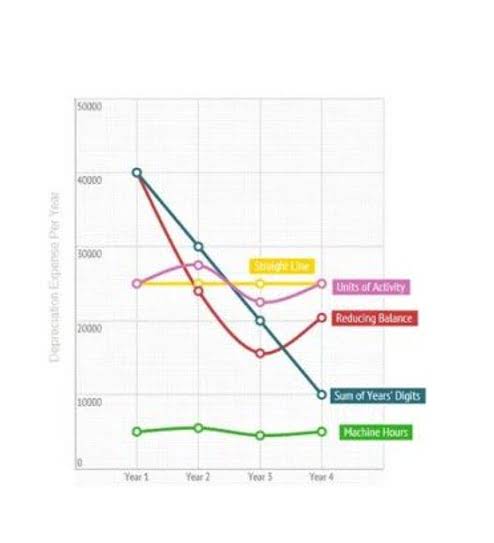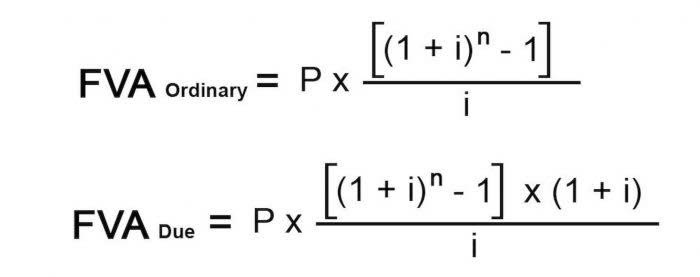
Any goodwill arising from QuickBooks the acquisition is recognized and tested for impairment annually, as required by IAS 36 and ASC 350. Consolidation accounting is a fundamental practice for finance professionals and finance teams working in businesses with subsidiary companies. It ensures that financial statements accurately reflect the entire business entity’s financial health and performance. When using the equity method of accounting, the parent company’s income statement reflects its share of the subsidiary’s net income. This means that only the portion of the subsidiary’s earnings equivalent to the parent company’s ownership percentage is included in the parent company’s income statement. Consolidation accounting is used when a parent company owns a controlling financial interest in one or more subsidiary companies.
- Consolidated financial statements present the assets, liabilities, income, revenue, expenses, and cash flows of these entities as a single entity.
- Non-controlling interests, also known as minority interests, represent the portion of a subsidiary not owned by the parent company.
- Depending on the size of the group, consolidation is a complex process because all the balance sheets of the subsidiaries have to be combined into a single overall balance sheet.
- For instance, if Subsidiary A sells products to Subsidiary B, these sales are not included in the consolidated revenue because they do not represent external sales to third parties.
- In this question, $5,000 of sales have been made from Purple Co selling to Silver Co.
- Consolidation Accounting allows companies to produce consolidated financial statements to understand their financial performance better and give stakeholders a broader view of the business.
How to Improve Month End Close Using Financial Automation?
- Wait a month or two before closing your old accounts in case unexpected fees pop up, and to confirm that all of your payments have properly transferred.
- Companies need to ensure they correctly calculate taxes due on the combined revenue of all entities to avoid any potential issues.
- This consolidated statement will help the investors understand the company’s big picture.
- The consolidated financial statements can also be presented to clients when it comes to concluding a major contract.
- However, with the right financial consolidation software and expertise, these challenges can be managed effectively.
When discussing accounting processes, one common misconception is that consolidating means tax avoidance. It could not be further from the truth, as consolidation is a process used to combine the financial statements of multiple entities into a single account. This combined statement does not affect an entity’s tax liabilities or obligations. consolidated account meaning Consolidated accounts combine the financial statements of separate legal entities controlled by a parent company into a set of financial statements for the entire group of companies.

Equity Adjustments
- The consolidated financial statement should reflect the combined equity investments, liabilities and net worth of all entities included in the consolidation process.
- Consolidating does not mean merging entities is a common misconception in accounting.
- Public companies usually choose to create consolidated or unconsolidated financial statements for a longer period.
- More than just joining together, consolidation in accounting is a list of precise processes fundamentally rooted in accounting’s best practices.
- It involves adding the subsidiary’s proportionate share of assets, liabilities, revenues, and expenses to the parent company’s financial statements.
Just a heads up that you’re about to leave our website to check out another resource. Just so you know, the privacy policy and security practices of the site you are about to be directed to may differ from our standards. We are not responsible for the content or functionality of this third party link. Concluding exam tips Remember that at FA/FFA level, a good solid platform of understanding the principles of consolidation is required.

IFRS 10 Consolidated Financial Statements

There is no indication of the actual assets and liabilities of the subsidiaries that the parent controls. Non-consolidated financial statements are the separated financial statement of each individual company. It is the same to consolidate financial statements, consist of the Income statement, Statement of Financial Position, Statement of Cash Flow ad Statement of Change in Equity. It also introduced the requirement that an investment entity measures those subsidiaries at fair value through profit or loss in accordance with IFRS 9 Financial Instruments in its consolidated and separate financial statements.

COMPANY

It means that not only does the parent company have to record its finances, but it must also include each subsidiary individually and then combine them into one set of financial statements. The result accurately reflects the whole group’s financial position and performance indicators. Consolidation accounting is an essential concept in the world of finance and business. https://www.bookstime.com/ Equity consolidation is one form of accounting that combines the financial statements of two or more companies into a single set. This type of consolidation allows investors to get a better picture of a group’s overall performance and financial strength rather than just individual entities.
- In addition, the amendments introduced new disclosure requirements for investment entities in IFRS 12 and IAS 27.
- In conclusion, consolidate is an accounting term combining two or more entities.
- Later, the development of new technologies enabled accountants to render more accurate results from consolidations, thus leading to a greater understanding of corporate financials.
- These statements provide a holistic view of the financial position, performance, cash flows, and changes in equity of the entire group of companies as if they were a single entity.
- The consolidated financial statements will include both the parent and subsidiary’s financial information within them, usually using only the parent entity name on the face of that statement.